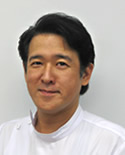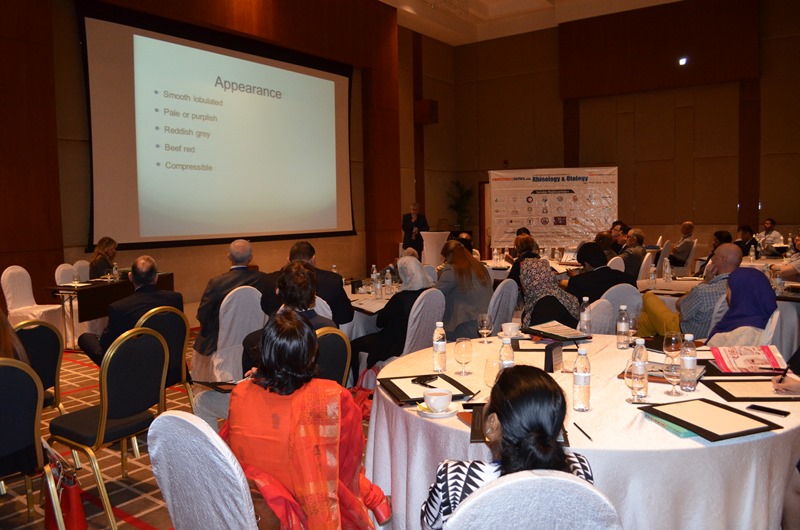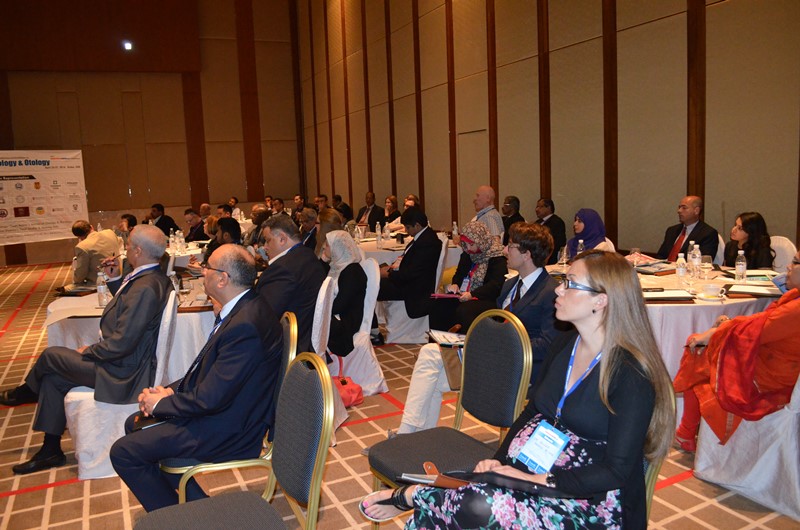
Ryoji Tokashiki
Ryoji Tokashiki
Tokyo Medical University
Japan
Title: Feature and etiology of unilateral vocal fold paralysis and its surgical treatment
Biography
Biography: Ryoji Tokashiki
Abstract
Objective: In this presentation, I will talk about the passive movement of paralyzed arytenoid (Jostle’s sign) in UVFP (unilateral vocal fold paralysis) and think about necessity of arytenoid adduction (AA).
rnrnIntroduction: We have examined the movement of paralyzed arytenoid of UVFP by three-dimensional computed tomography (3DCT). We detected the cricoid and arytenoid cartilage and compared these status when inspiration and phonation. In all cases, even in light cases, the paralyzed arytenoids were passively displaced cranially which we consider the most important etiology of UVFP. There are some surgical procedures for UVFP such as injection laryngoplasty, type 1 thyroplasty, AA or others. Each procedure is useful but we think the voice acquired by AA is better than others because only AA can resolve this passive movement. String needs tension to produce good sound and two support points, the anterior commissure and adducted vocal process, should be fixed to obtain tension. The meaning of AA is not resolve wide posterior glottal chink, but reproduces two support points to obtain good vocal fold tension.
rnrnMethods: Fenestration approach for arytenoid adduction –what is deferent from other AA? - AA is performed through a fenestration of the thyroid ala. Usually additional type I thyroplasty is needed to restore volume of the thyro-arytenoid muscle. Key of this surgery is no release of the cricothyroid joint and the cricoarytenoid joint. If one or both of these joints is opened, the vocal fold sometimes loses its tension and patients voice wouldn’t improved. As the surgery is performed local anesthesia, surgeons can check patient’s voice during surgery result in no risk of voice worsening.
rnrnResults: Over 100 cases of UVFP were treated by this procedure since 2007. There were no patients whose voice didn’t improve and most of all patients achieved an MPT of over 10s and an MFR of fewer than 200ml/s. Only one patient needed tracheotomy because of laryngeal edema after surgery.
rnrnConclusions: Arytenoid adduction reproduces natural adduction and resolves the passive movement giving the vocal fold “tensionâ€.rn
Speaker Presentations
Speaker PDFs
Speaker PPTs Click Here



